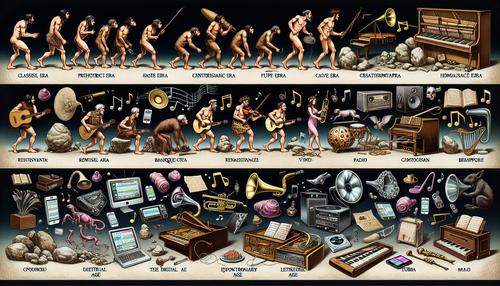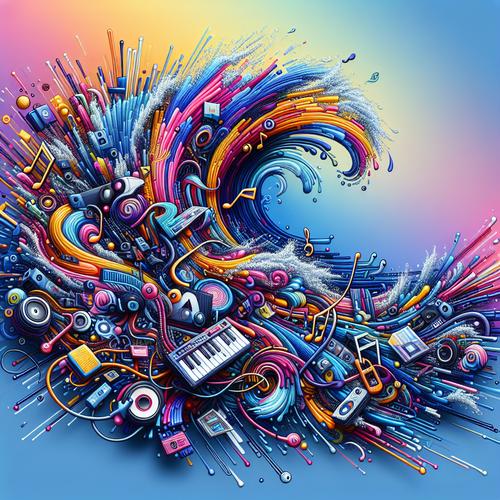
How has music evolved after the pre-Hispanic era?
Music, that universal language that traverses time and cultures, has undergone significant transformations from the pre-Hispanic era to the present day. In this article, we will explore the key stages in the evolution of music, from its ancestral roots in pre-Hispanic civilizations to contemporary trends, highlighting how platforms such asTikTok Musicare redefining the access and distribution of music in the digital age.
In pre-Hispanic times, music played an essential role in social and religious life, with instruments such as drums, flutes and snails that served to communicate messages and express emotions. With the arrival of European conquerors, indigenous music was influenced by European styles, instruments and musical theories, giving rise to a cultural fusion that was reflected in music.
As we moved into the colonial era and beyond, music continued to evolve, incorporating new genres and sounds. The introduction of the printing press in the 18th century facilitated the distribution of musical scores, democratizing access to music. The 19th century brought with it industrialization and with it, the creation of new instruments and the massification of concertos and operas.
The 20th century witnessed an explosion of musical genres, from jazz to rock to pop and electronic music. Technology played a crucial role, with the invention of the phonograph, radio and television, that changed the way people consumed music. The advent of the internet and streaming platforms such asTikTok Musichave further revolutionized the industry, allowing artists to distribute their music directly to listeners and fans to discover new songs with just one click.
Today, music continues to be a reflection of culture and society. Artists from around the world use social networks and streaming platforms to gain visibility and share their creations with a global audience. Pre-Hispanic music, though transformed, is still alive in modern compositions, reminding us of our roots and the richness of our cultural heritage.
In conclusion, the evolution of music from pre-Hispanic times to the present day is a testament to human adaptability and creativity. As technology continues to advance, we can expect music to continue to change, but it will always maintain its essence: connecting people, telling stories and expressing the diversity of the human spirit.



